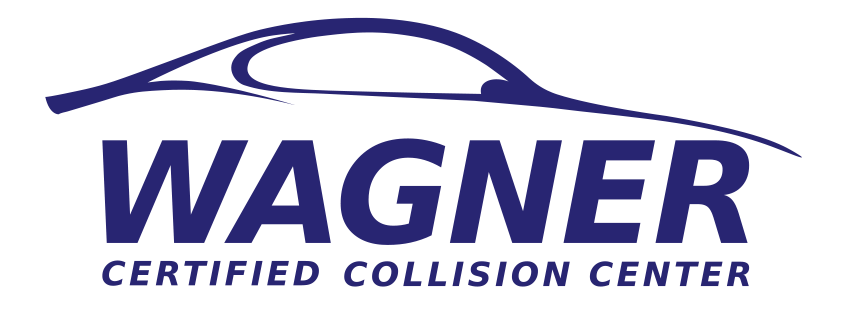Being involved in a car accident can be a stressful and overwhelming experience. Alongside concerns for personal safety, the process of navigating insurance claims and ensuring fair compensation can add another layer of complexity. In this blog post, we will guide you through the steps involved in filing an insurance claim after a collision and provide essential information to help you navigate the process smoothly.
Prioritize Safety and Documentation:
Immediately after an accident, prioritize your safety and the safety of others involved. Once everyone is safe, gather as much information as possible. Take photos of the accident scene, including vehicle damages, skid marks, and road conditions. Obtain contact information from any witnesses and exchange information with the other parties involved, including insurance details.
Notify Your Insurance Company:
Report the accident to your insurance company as soon as possible. Most insurers have a 24/7 claims reporting line, making it convenient to file a claim promptly. Be prepared to provide detailed information about the accident, including the date, time, location, and a description of what occurred. It’s important to report the facts accurately and truthfully.
Understand Your Coverage:
Review your insurance policy to understand the coverage you have for collision repairs and any applicable deductibles. Familiarize yourself with the terms and conditions of your policy, including the timeframe for filing a claim. If you have any questions or uncertainties, reach out to your insurance provider for clarification.
Document Damages and Repairs:
Document the damages to your vehicle thoroughly. Take photos from various angles, highlighting both the visible and underlying damages. If possible, gather multiple repair estimates from reputable collision centers. This will help ensure you have a comprehensive record of the damages and assist in negotiating fair compensation.
Work with a Certified Collision Center:
Choosing a certified collision center is crucial in the insurance claims process. Certified collision centers, like Wagner Certified Collision Center, have the expertise, equipment, and knowledge to perform high-quality repairs that meet or exceed manufacturer standards. Working with a certified center can help ensure a seamless claims process and maintain the value of your vehicle.
Communicate Effectively:
Stay in regular communication with your insurance company and the collision center handling your repairs. Keep a record of all conversations, including dates, times, and the names of the individuals you speak with. Effective communication can help resolve any concerns or issues that may arise during the claims process.
Seek Legal Assistance, if Necessary:
In more complex cases where liability is disputed or insurance companies are uncooperative, you may need to seek legal advice. An experienced attorney specializing in personal injury or insurance claims can guide you through the legal aspects and protect your rights.
Navigating insurance claims after an accident can be complex, but by following these steps and seeking guidance when needed, you can ensure a smoother and more successful process. Remember to prioritize safety, document damages and repairs thoroughly, and work with a certified collision center to restore your vehicle to its pre-accident condition. With proper knowledge and preparation, you can confidently navigate insurance claims and secure the compensation you deserve.

